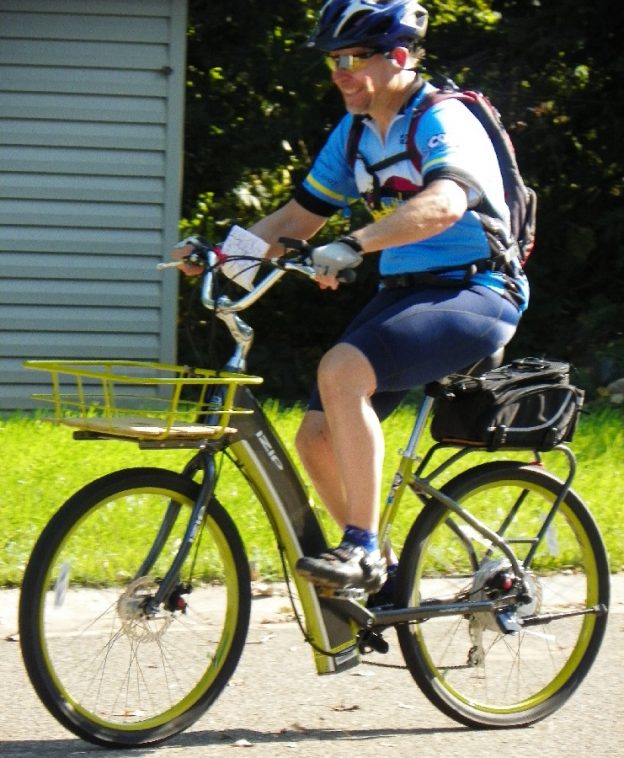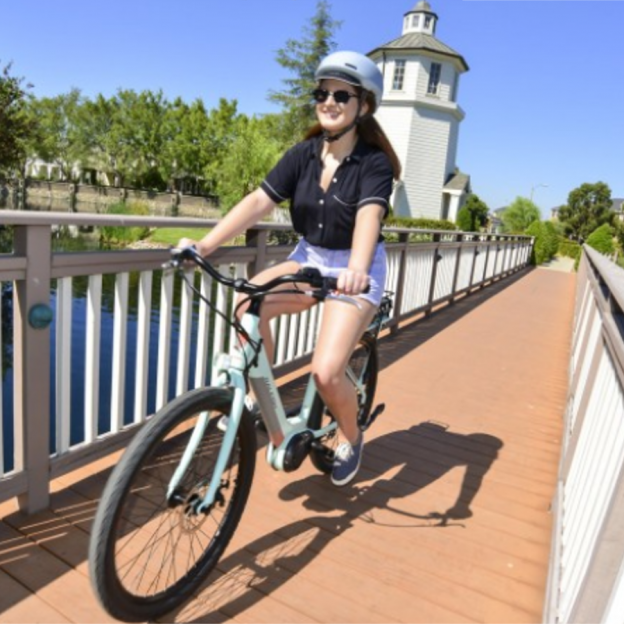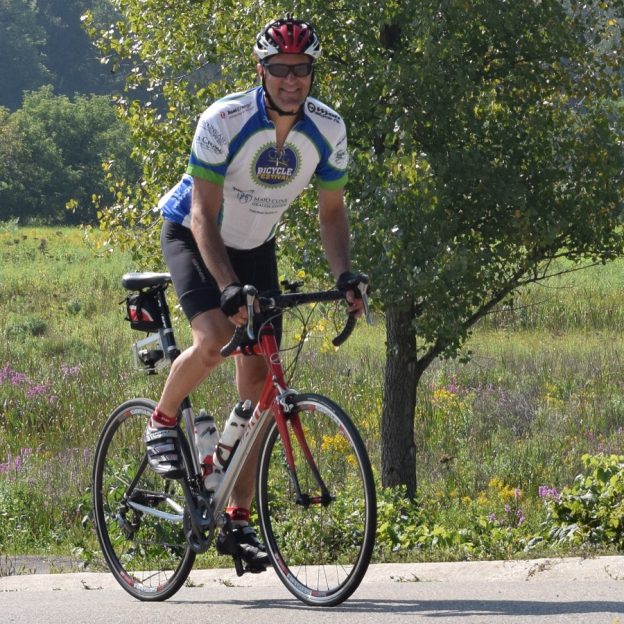Tag: #shimano
-
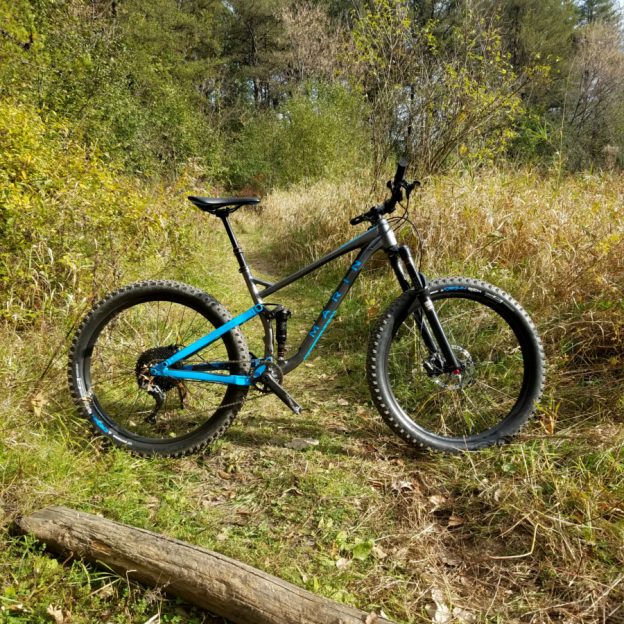
The Marin B-17 MTB review – out of the box and ready for the trail
Based on our quick MTB review at Interbike’s Dirt Demo, we have been extended a Marin mountain bike demo for a long term review. However, before I ride it and give you a full mountain bike review let me share what is actually coming out of that box.
-

A simple look at your bikes disc brakes function and maintenance
Disc brakes were introduced on bikes as early as the 1950’s with Shimano making an actual hydraulic disc in the mid 1970’s. There were even versions of the timeless Schwinn Stingray series released in 1971 that came stock with a rear disc brake. You need to fast forward more than 25 years before the first…
-
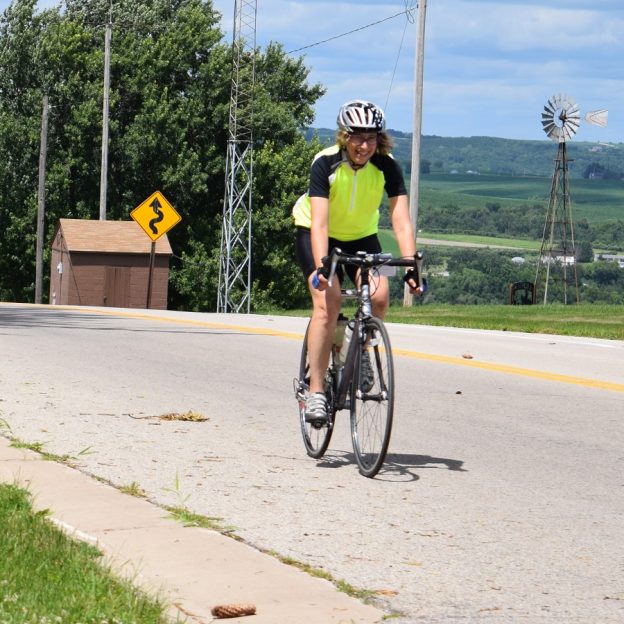
How to adjust your front derailleur for perfect and silent shifting
In the late 1920’s, in France, there was a bike race under way and it wasn’t the Tour De France. Instead, this race was a technological race that brought the front derailleur into the light. Before 1928, bicycles had a maximum of two speeds, and you needed to remove the rear wheel to change those…

